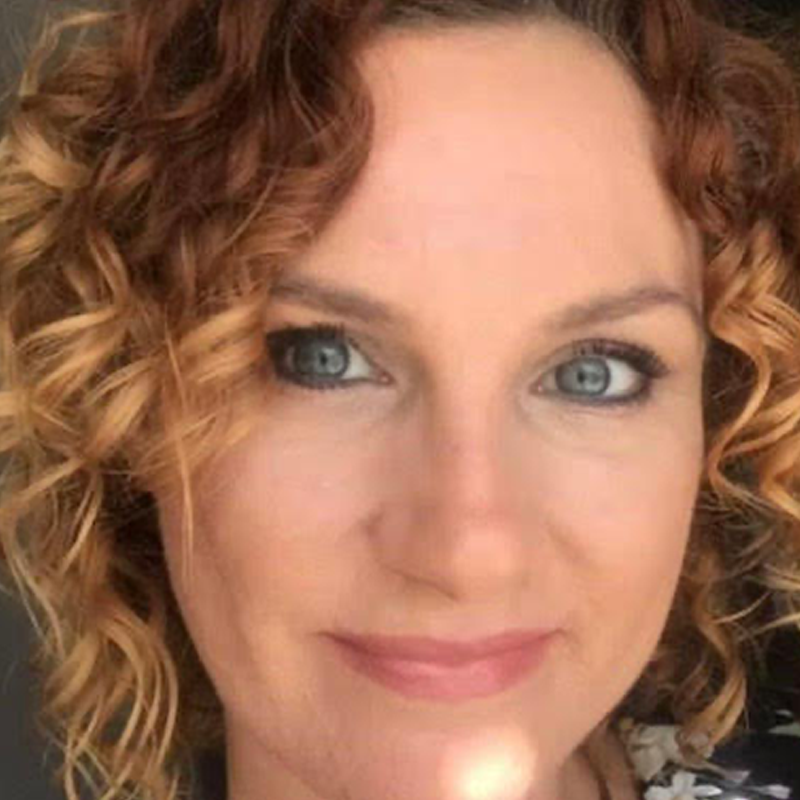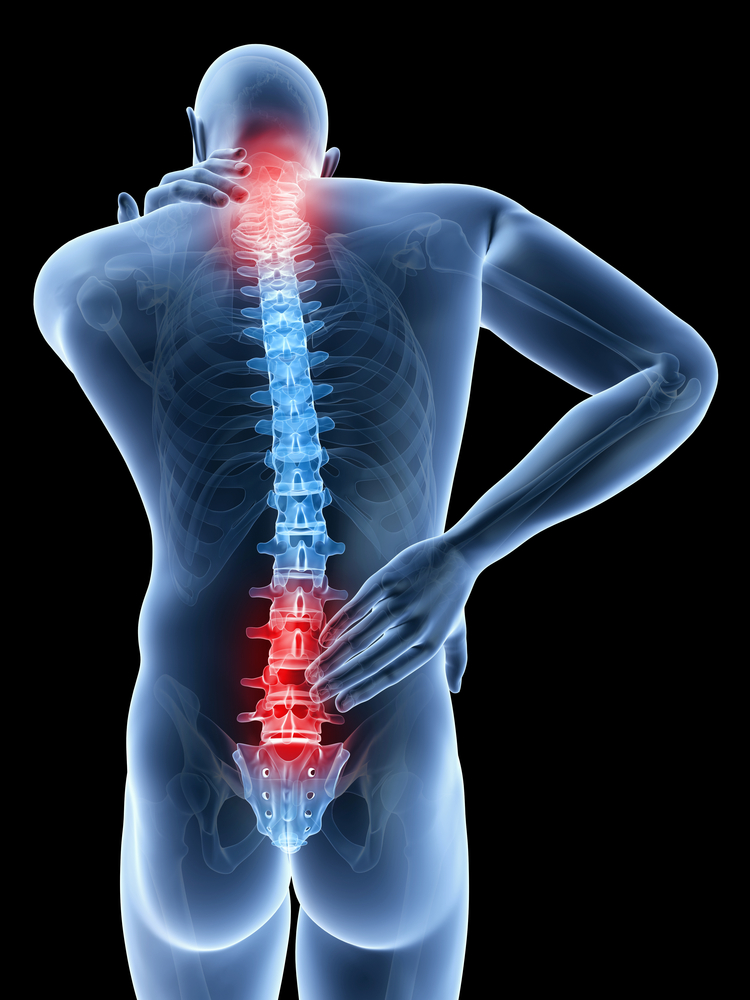
Tammy Jones
I have been a customer of the back and body care clinic since it opened attending Pilates classes.
When I first started I was in a lot of pain and had mobility issues. Pilates helped me to gain more mobility and work through my pain.I became very passionate about the benefits. So much so that I decided to train to become an instructor, and specialising in posture correction and pain management as this felt appropriate.I have worked within Newport as a beauty therapist for 11 years and have been a beauty therapist for 20 years, so have a great deal of knowledge of the body from years of performing massage. I love helping people to embrace their natural beauty and look after their mental and physical health. My business has evolved over the years so combining my skills I now aim to take a holistic approach to improve overall health.I’ll be teaching Pilates within the clinic, and my classes will be tailored to suit the individual needs of my class.I look forward to meeting you.






